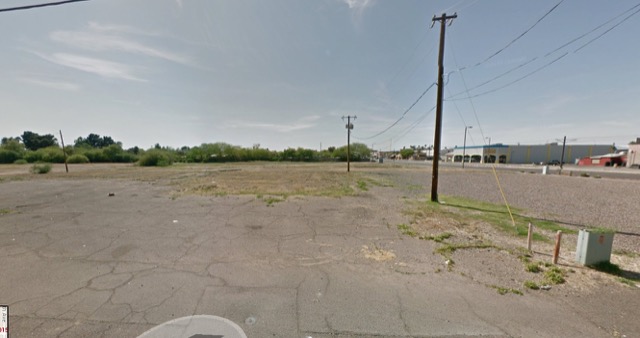Yesterday, the Senate passed a six-year transportation bill that increases spending on highways and transit but only provides three years of funding for that increase. As the Washington Post commented, “only by Washington’s low standards could anyone confuse the Senate’s plan with ‘good government.'”
Meanwhile, House majority leader Kevin McCarthy says the House will ignore the Senate bill in favor of its own five-month extension to the existing transportation law. Since the existing law expires at the end of this week, the two houses are playing a game of chicken to see which one will swerve course first and approve the other house’s bill.
As the Antiplanner noted a couple of weeks ago, the source of the gridlock is Congress’ decision ten years ago to change the Highway Trust Fund from a pay-as-you-go system to one reliant on deficit spending. This led to three factions: one, mostly liberal Democrats, wants to end deficits by raising the gas tax; a second, mostly conservative Republicans, wants to end deficits by reducing spending; and the third, which includes people from both sides of the aisle, wants to keep spending without raising gas taxes.








